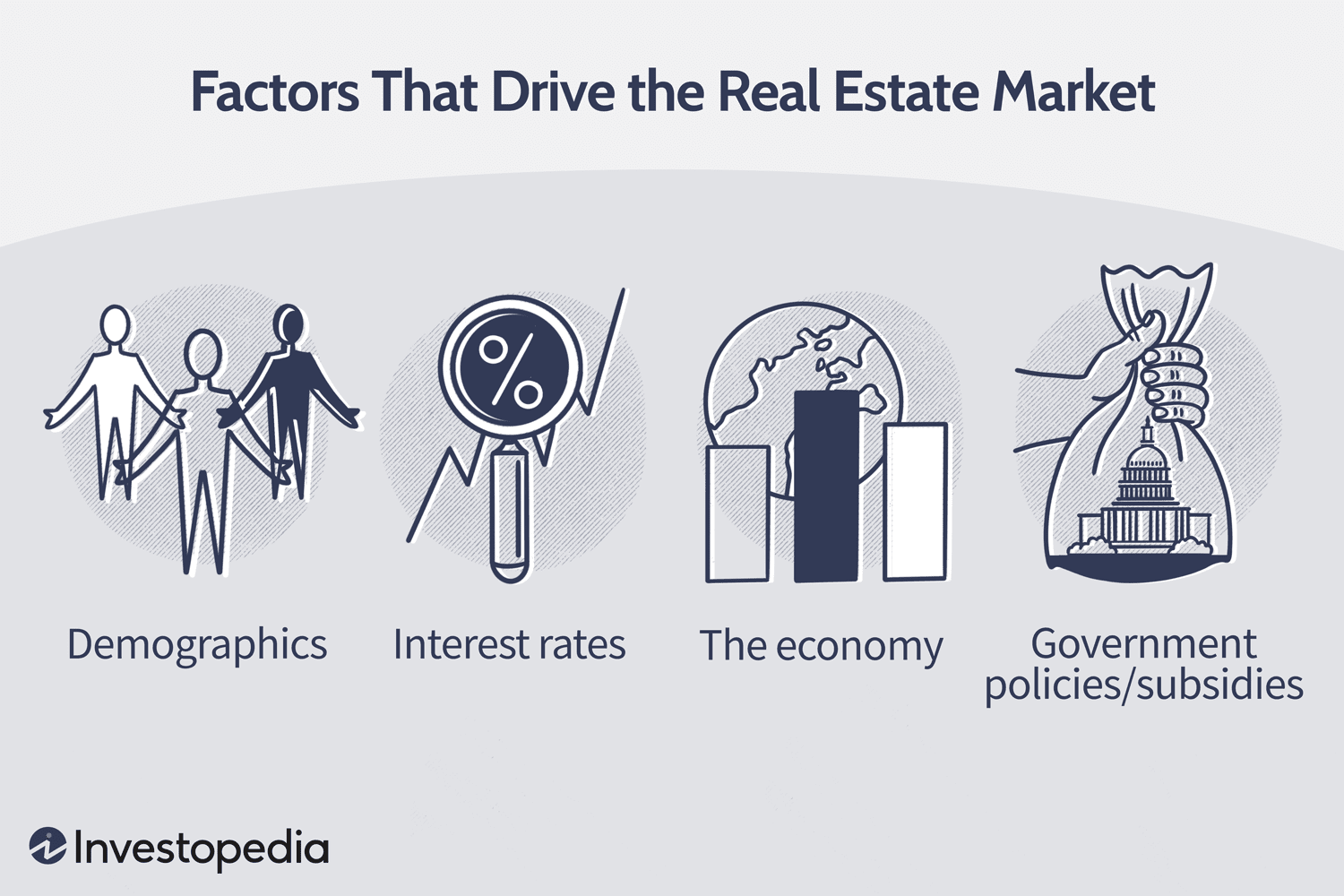Emerging Trends in Real Estate 2023

Taking the long view
The real estate industry is moving beyond what it perceives as cyclical headwinds — i.e., rising interest rates, declining gross domestic product (GDP), sinking deal flows — and taking a long-term approach to real estate assets. The mood among the real estate professionals we interviewed for this year’s Emerging Trends is cautious optimism. Their plan: Ride out the current slump and reposition their firms for another period of sustained growth and strong returns.
We find it striking that so many people in the industry are willing to look beyond cyclical headwinds. As one real estate professional told us, “We’ll look back in 10 years, and the prices that seem astronomical today will seem like a bargain.”
This year’s Emerging Trends also reconfirms two sometimes contradictory property market trends: Aspects of the industry are “normalizing” (reverting to pre-COVID patterns), while others appear to have permanently changed as the pandemic has altered how and where we use different types of properties. These patterns are playing out in how real estate professionals view prospects in the 80 markets we tracked. No matter the trends, we believe companies must be flexible and adapt quickly to market changes.
Work from home vs Return to office
Most workers are still not back in the office nearly as often as they were before the pandemic. Various sources suggest that less than half of workers actually go into an office on a given day, at least in major markets. This has led some leading tech firms and investment banks, for example, to issue ultimatums for a return to the office.
It’s still too soon to know if such employer demands will translate to more in-office work, as previous requests have had little apparent impact. In the end, it may be hard for employers to put the toothpaste back in the tube, as there appears to be a shift in consumer behavior. Today, most people don’t want to commute to the office more than occasionally.
This sentiment is having an impact on the real estate industry. The insiders we interviewed suggest that somewhere between 10 and 20 percent of the office real estate stock needs to be removed or repurposed. In the remaining office space, landlords will need to do a better job of delivering what tenants want.
As employers and their workers settle on their work preferences, many firms will continue to hold onto their offices either as a precaution in case they need the space in the future or because they could not break their lease. However, more firms are downsizing or not renewing their expiring leases. As a result, vacancy rates are still rising slowly, in contrast to every other major property sector. Many tenants have even started subletting their office space until their leases expire.
No one knows for certain the amount of office space that will be needed for workers in the years to come. However, we do not expect a mass departure from office buildings going forward — even under the most pessimistic scenarios.


